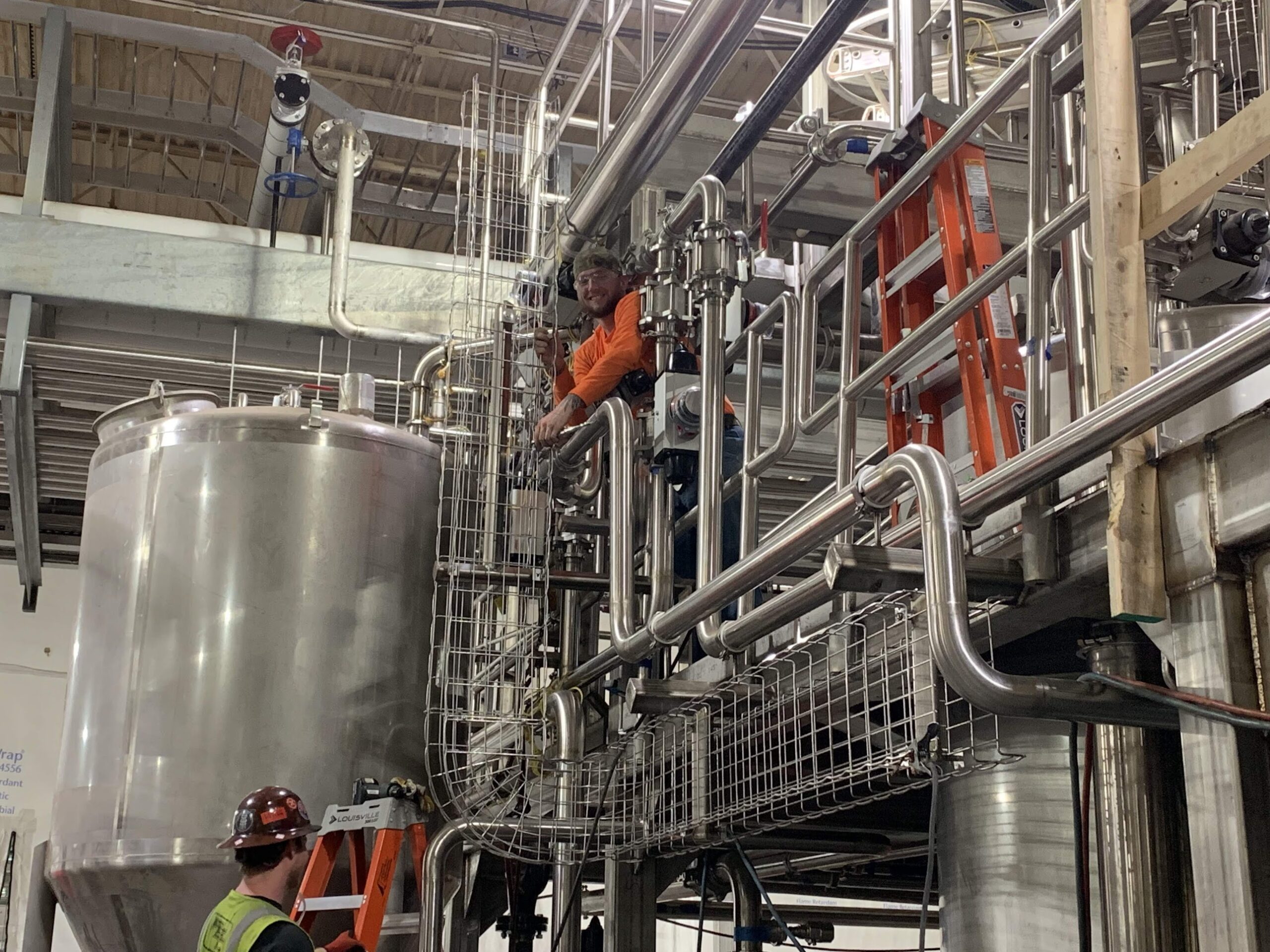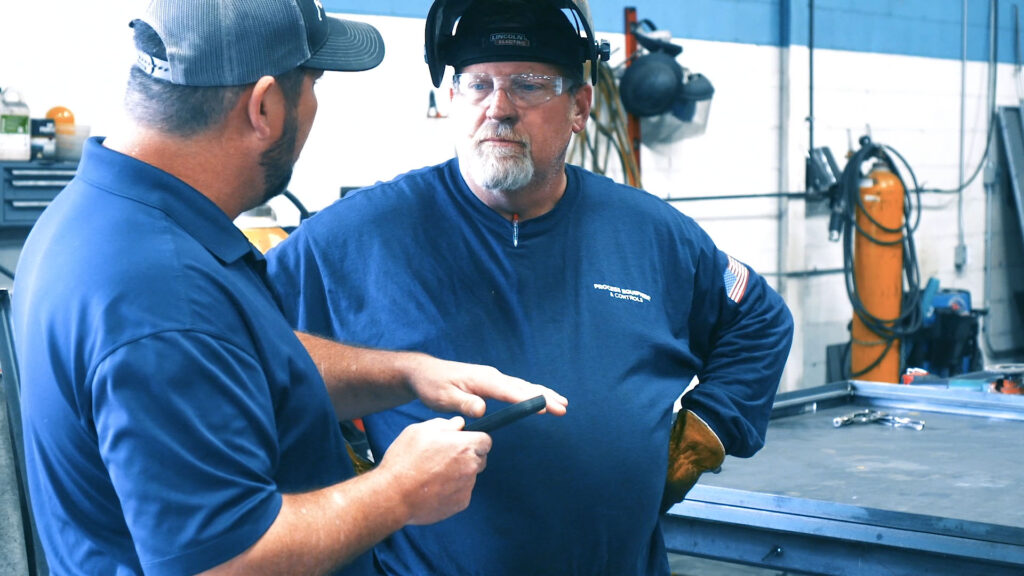
In the realm of maintenance management, understanding the nuances between preventive and predictive approaches is crucial for ensuring operational efficiency and cost-effectiveness. Both strategies play a pivotal role in maintenance activities, yet they differ significantly in execution and philosophy.
Preventive and predictive maintenance stand as two fundamental pillars in the maintenance world, each with distinct methodologies and outcomes. Preventive maintenance is a proactive approach, emphasizing regularly scheduled maintenance tasks and work orders to reduce the risk of unplanned downtime. This strategy relies on a routine or calendar-based schedule to perform maintenance activities, irrespective of the current condition of the equipment.
Conversely, predictive maintenance takes a more nuanced approach by utilizing historical data and real-time monitoring to anticipate maintenance needs before a failure occurs. This method aims to predict when maintenance should be performed based on the actual condition of the equipment, thereby optimizing the maintenance schedule and resources used.
Maintenance managers are at the forefront of deciding which maintenance strategy—preventive or predictive—is best suited for their operations. This decision is influenced by various factors, including the nature of the maintenance tasks, the complexity of the systems in question, and, importantly, maintenance costs.
A comprehensive understanding of these factors allows maintenance managers to tailor their maintenance approach to suit their operational needs and financial constraints.
1
Delving deeper into preventive maintenance, this approach is rooted in the principle of regularity and foresight. By scheduling maintenance activities at regular intervals, maintenance teams can address potential issues before they escalate into major failures, effectively reducing unplanned downtime.
Work orders are generated based on a predetermined schedule, ensuring that each piece of equipment receives attention at the right time, thereby maintaining a high level of operational readiness and reliability.
2
Predictive maintenance, on the other hand, leverages advanced analytics, machine learning algorithms, and IoT devices to monitor equipment performance in real-time.
By analyzing historical data and current operating conditions, maintenance teams can predict potential failures and perform maintenance only when necessary. This strategic approach allows for more precise maintenance planning, reducing unnecessary maintenance activities and focusing resources on areas that genuinely require attention.
The landscape of maintenance strategies is defined by two main approaches: preventive and predictive maintenance. Each path offers a distinct way of handling maintenance activities aimed at enhancing equipment efficiency and reliability.
Preventive maintenance is characterized by regular interval checks and routine maintenance tasks, scheduled at predetermined times regardless of equipment condition. This approach ensures that machinery is kept in optimal condition through consistent care, potentially averting unexpected breakdowns.
On the flip side, predictive maintenance utilizes advanced technology and data analytics to anticipate equipment failures before they occur. This method involves continuous monitoring of equipment performance through sensors and data analysis tools, predicting possible issues and conducting maintenance precisely when needed.
This strategic use of technology not only optimizes maintenance schedules but also enhances resource allocation by targeting maintenance activities more accurately.

Both preventive and predictive maintenance approaches carry their own set of initial and ongoing costs, but also offer pathways to substantial cost savings.
The investment in preventive maintenance programs, while regular and predictable, contributes to a stable operational environment. Regular maintenance activities can prevent costly downtime and extend the lifespan of machinery, ultimately proving to be cost-effective for the maintenance team.
1
Predictive maintenance, with its focus on data-driven insights, stands out for its ability to minimize unnecessary maintenance tasks.
By accurately predicting when equipment will require maintenance, organizations can avoid the costs associated with excessive, unfocused maintenance activities. This precise approach not only saves on direct maintenance costs but also allows for better allocation of resources, contributing to overall cost savings and operational efficiency.
2
Preventive maintenance programs offer long-term benefits that go beyond immediate cost savings. The commitment to regularly scheduled maintenance ensures that equipment is consistently maintained at peak condition, reducing the likelihood of sudden failures.
This reliability translates to fewer emergency repairs, lower maintenance costs over time, and an extended equipment lifecycle. The benefits of such a proactive maintenance strategy underscore its value as a foundational component of effective maintenance management.
Embarking on the journey of implementing a predictive maintenance strategy involves several critical steps and considerations to ensure its success. The essence of predictive maintenance lies in its ability to foresee potential equipment failures before they occur, enabling proactive maintenance interventions. Here’s how to navigate the implementation process:
As organizations look toward the future of maintenance, the integration of both preventive and predictive strategies presents a promising path forward. Blending these approaches allows businesses to harness the reliability of regular preventive maintenance while leveraging the precision of predictive analytics for a truly comprehensive maintenance strategy.
If you want to learn more about the difference between preventive maintenance vs predictive maintenance, contact our team of experts.
Diverse Industries, One Trusted Partner
Safety means more than compliance; it’s our covenant with you.







Whether you’re coordinating your next project or proactively planning your plant maintenance, there’s no better time than right now to contact us.